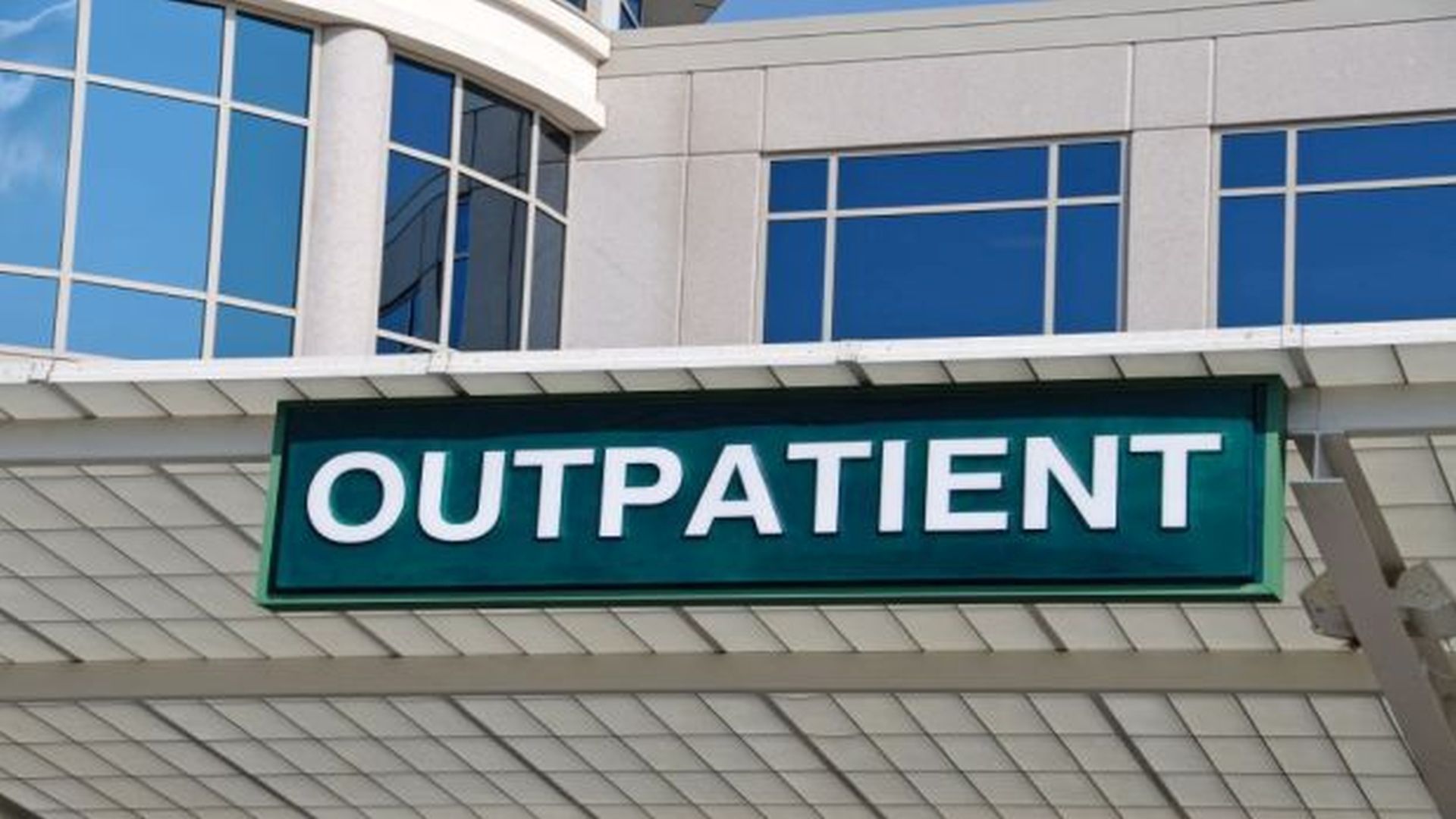AAAHC Report Pinpoints Weak Spots in Standards Compliance

A new report from the Accreditation Association for Ambulatory Health Care (AAAHC) underscores shortcomings and provides a look at high compliance standards across the ambulatory healthcare delivery line. Credentialing and privileging of providers, adhering to documentation protocol, performing ongoing quality improvement and demonstrating safe injection practices top the list of common deficiencies cited during accreditation surveys conducted in 2016.
“This report provides an analysis of where ambulatory providers are performing highly and the areas which should be addressed with ongoing quality improvement,” said Naomi Kuznets, PhD, vice president and senior director at the AAAHC Institute. “With ambulatory facilities constantly expanding and integrating new technology, it is our goal to enhance understanding of AAAHC Standards to ensure organizations meet ever-changing requirements.”
The AAAHC Quality Roadmap 2017 synthesizes data from nearly 1,400 on-site accreditation surveys rated against the 2016 AAAHC Standards. Organizations surveyed include ambulatory surgery centers (ASC), Medicare Deemed Status ASCs (MDS ASCs), office-based surgery facilities (OBS) and primary care (PC) settings such as student health and occupational health.
The Quality Roadmap includes the top deficiencies cited in in at least 10 percent of survey ratings.
Credentialing and Privileging
It is imperative for health care organizations to properly validate provider qualifications and reassess privileges on a regular basis to ensure high-quality care. However, conducting appropriate verification, following privileging protocol and including peer reviews in the process of granting privileges were all found to be areas of common deficiencies.
Documentation
Similarly, surveyors found key documentation requirements to be incomplete or overlooked. Areas that reported the most noncompliance include medical reconciliation and allergy documentation.
Quality Improvement (QI) Programs
Quality improvement programs present opportunities for organizations to identify disparities, implement corrective action and measure improvements. Many ambulatory organizations, however, are not meeting requirements for the re-measurement of data to gauge the effectiveness of their improvement efforts.
Patient Safety/Safe Injection Practices
With patient safety and high-quality outcomes in mind, healthcare organizations must create a strict protocol for reducing risk and providing consistent care. AAAHC data found many organizations struggle to present a formal infection prevention and control program and/or risk assessment, demonstrate safe injection practices or conduct proper emergency preparedness activities.
AAAHC’s analysis indicates that Standards with high compliance include empowering patients to participate in decision making, following clinical record protocol, adhering to efficient patient transfer processes and deploying consistent administrative policies.
Organizations can use the AAAHC Quality Roadmap to identify themes that deserve special attention in their continuous pursuit of quality improvement through accreditation. The report findings provide useful guidance to:
- Understand common deficiencies and compare these findings to the most recent onsite report and annual self-assessment
- Guide review of policies, procedures and practices to ensure they are relevant and meet AAAHC Standards
- Leverage patient safety toolkits and other AAAHC resources to improve and assure quality
- Share and discuss findings with others in the organization to drive decision-making on QI studies or other corrective action
“The report is intended to serve as a resource to our accredited organizations and to provide useful benchmarks to improve the quality of care delivered to patients,” said Noel Adachi, president and CEO of AAAHC. “We also seek feedback from our accredited facilities before, during and after the survey process to ensure we provide an educational, data-driven approach to accreditation for all organizations.”
The AAAHC Quality Roadmap 2017 is available for download at www.aaahc.org <https://protect-us.mimecast.com/s/5MrRCv2YjAf7j86p1tzKjkr?domain=aaahc.org> .
Source: Accreditation Association for Ambulatory Health Care
“Ongoing Assault”: How HHS Layoffs Have Eviscerated Infection Prevention Support Across the Nation
April 1st 2025Mass layoffs at HHS and CDC have gutted critical infection prevention programs, leaving frontline professionals overwhelmed, under-resourced, and desperate to safeguard public health.
Together We Rise: Why AORN Expo 2025 Is a Must for Every Perioperative Nurse
March 31st 2025From April 5 to 8, 2025, thousands of perioperative nurses will gather in Boston for the 2025 AORN Global Surgical Conference & Expo—a transformational experience designed to elevate nursing practice, build lifelong connections, and advance surgical care.
Vet IP Roundtable 2: Infection Control and Biosecurity Challenges in Veterinary Care
March 31st 2025Veterinary IPs highlight critical gaps in cleaning protocols, training, and biosecurity, stressing the urgent need for standardized, animal-specific infection prevention practices across diverse care settings.